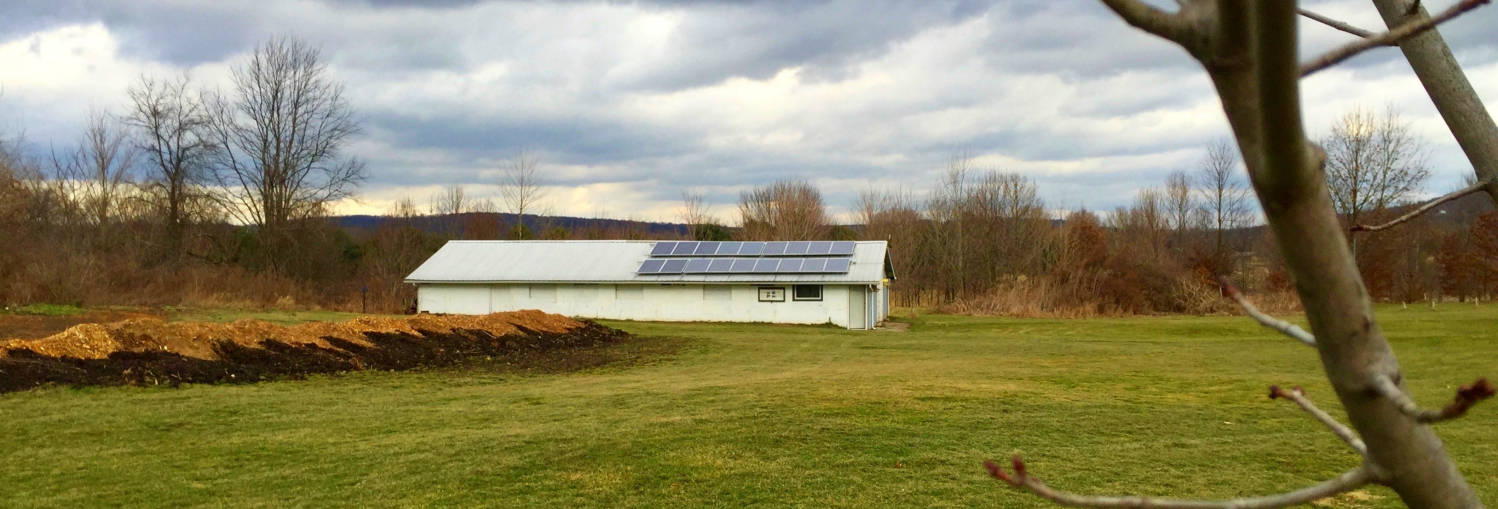News & Events
Rain Clouds & Raptors by Emily Valentine
Posted on Thursday, February 4, 2016
 Birding at the Westminster College Field Station this past Tuesday morning was filled with dark rain clouds and howling winds. While we observed species such as the Black-capped Chickadee, Blue Jay, and the Red-tailed Hawk, one final bird spotting proved to make all of the trekking through mud and side-stepping rain puddles worth it: the Bald Eagle!
Birding at the Westminster College Field Station this past Tuesday morning was filled with dark rain clouds and howling winds. While we observed species such as the Black-capped Chickadee, Blue Jay, and the Red-tailed Hawk, one final bird spotting proved to make all of the trekking through mud and side-stepping rain puddles worth it: the Bald Eagle!
Rain clouds above the Westminster College Field Station garage blocked the solar panels from soaking up much sun on Tuesday!
I have never seen a Bald Eagle in the wild before, so this was a pretty amazing moment for me. Also, considering this was only my second birding outing, it was also an incredibly lucky moment! According to The Sibley Field Guide to Birds of Eastern North America, the Bald Eagle is considered an uncommon species who winters in Western Pennsylvania and breeds in Central Pennsylvania. So, I guess that birding in the middle of winter has some perks!
A snapshot of an adult Bald Eagle soaring across the clear-blue sky. Source: The Cornell Lab of Ornithology
Being the national symbol, most people know of the iconic physical appearance of the Bald Eagle. Having a bright yellow beak and a stark-white head and tail fiercely contrasts against its dark brown chest and wings. Some have been recorded to reach an impressive 14 pounds, which means that they require every inch of the powerful 6 to 8-foot average wingspan that they possess in order to fly. Even though I was not able to snap any good pictures of the spotting, the Cornell Lab of Ornithology has plenty of amazing shots of the Bald Eagle that you can check out!
Before our Tweetspeak class even went outside to start birding, one of our instructors-Dr. Kerri Duerr-mentioned that she saw a Bald Eagle flying above some trees on her drive to the Field Station. The U.S. Fish & Wildlife Service recognizes the Bald Eagle as a solitary predator, meaning that these birds hunt on their own. Since Bald Eagles’ hunting grounds cover large areas, this means that the Bald Eagle that our class saw was most likely the same exact one that Dr. Duerr spotted earlier that morning! Even though I know that it is more than unlikely, I would like to think that the Bald Eagle saw us with our binoculars and decided to give us a final show to top off our Tuesday morning birding expedition.
Check out the recap below of my birding experience at the Westminster College Field Station!
More Stories



